How to Protect a Mast from Inversion
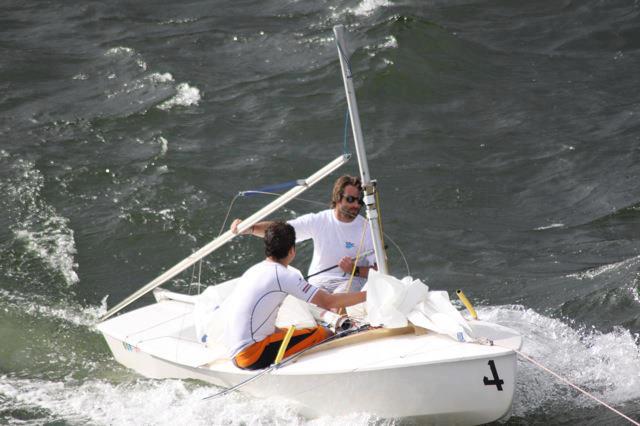

by Gonzalo “Old Man” Diaz
28814 started in March 1995 with either a Proctor Miracle or a Junior Sidewinder (worst than the proctor miracle) which I inverted several times before I learned how to take care of it. However I won (or did good??) in many regattas with the Sidewinder Jr. (9th Place in the Toms River Nationals in Barnegatt Bay with Ani crewing for me. This for me was like winning the Nationals!!!). Me and about 10 other sailors inverted their masts in a storm at Barnegatt bay. Then by 2002 I got this Cobra II which had a beautiful taper (thinner than I have ever seen) I mentioned to Nick when he got 28814 but he did not appreciated it and replaced it and gave the Cobra II back to me. The truth is that he did not need my special Cobra II to be fast!! I still have that mast dreaming that someday I will put it on my boat and show you guys how much faster this mast can be. But I waited too long and now I will not have a chance to prove it to you!!
I don’t know if you noticed the new Snipe international website that Kathleen created for the Women’s in the Snipe Class and I noticed she mentions mast invertions and how to avoid them or correct them. Here is my set of rules for avoiding mast invertion and or correcting it. Of course, these are applicable depending on how strong the wind is and what kind of mast you are using: Proctor Miracle being the weakest and Cobra II and Sidewinder Reguiar the strongest. So here is the set of rules if it is blowing real hard and you are afraid of inverting the mast:
1.- It all starts at the dock when you hoist sails. You will recognize how strong the wind is by the fluttering of the sails (brrrp, brrrp!!). At that point my recommendation is after you adjusted your shrouds, to go ahead and set the mast forward pusher and not touch it for the entire race unless the wind shows a significant reduction. And of course, don’t even think of using your mast aft puller!! In that kind of wind you can also forget about adjusting the Outhaul! Of course, this is applicable even after you leave the dock and find out that it is really blowing!
2.- If you trim the boom vang hard (like we all do) going upwind, make sure you release it a little bit or quite a bit, when you round the weather mark to go downwind (not necessary if you are going on a reach). This is probably cause # 1 of inverting the mast going downwind.
3.- Downwind: You have to launch your pole to get stability in going downwind, but, make sure you do not let the boom rest on the shroud because this is cause # 2 in inverting the mast downwind. If you decide to jibe, I recommend to trim the boom a little away from the shroud and cleat the mainsheet before you jibe (give it 2 or 3 inches of separation of the boom from the shroud). That will help you in two ways: first it will help you retract the pole and second after the jibe your boom will not hit the new leeward shroud and invert the mast!! This operation like others in high wind requires the skipper and the crew as far back as possible to keep the rudder in the water and have a good control of the boat.
4.- What to do if the mast inverts going downwind: Of course, you have to retract the pole and you have to trim the main at the same time that you move into a straight downwind course without losing control of the boat. Skipper and crew move as far back as possible to keep the rudder in the water and keep control of the boat at the same time trimming the main until the mast pops back. Don’t let the boat go into a broach or you will capsize!! You may have to trim the main almost to the center, but be careful not to let the boat jibe. Once the mast pops back you can carefully resume your sailing. If you do this there is a chance that the mast will not have a permanent bend, but at least it will be straight enough that you can keep sailing.
If you have some improvement for this set of instructions, please, mail them to me and I will incorporate them, so the Snipe Class has a perfect set of instructions for this kind of problem.
Gonzalo “Old Man” Diaz
Read also:
Snipe Sailing Technique: How To Keep Your Pole Dry
Snipe Spreader Pins: What the Experts Do
Snipe Mast History as I See It
Video: How to fix a mast
Leave a reply
Your email address will not be published. Your comment will be revised by the site if needed.

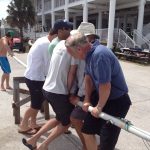

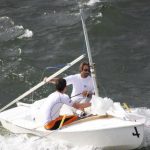




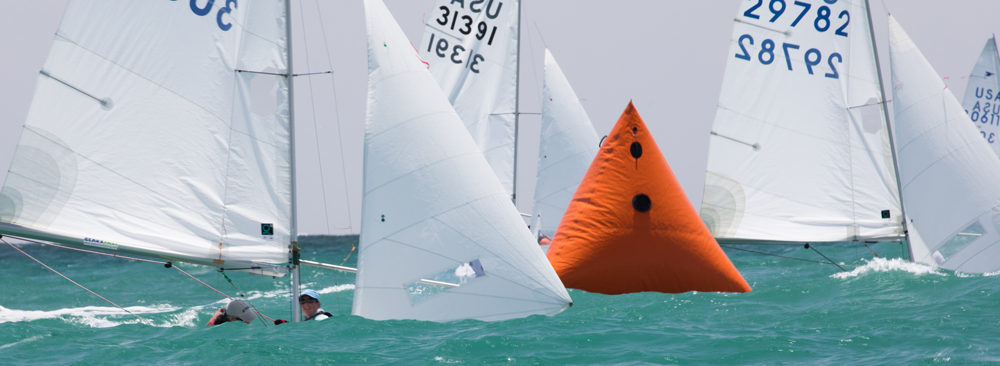
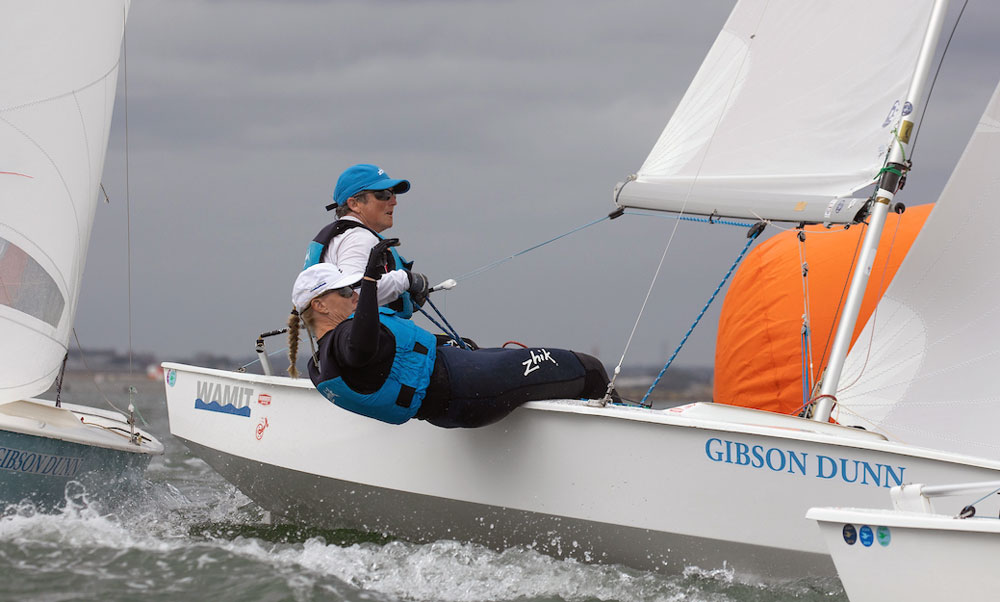
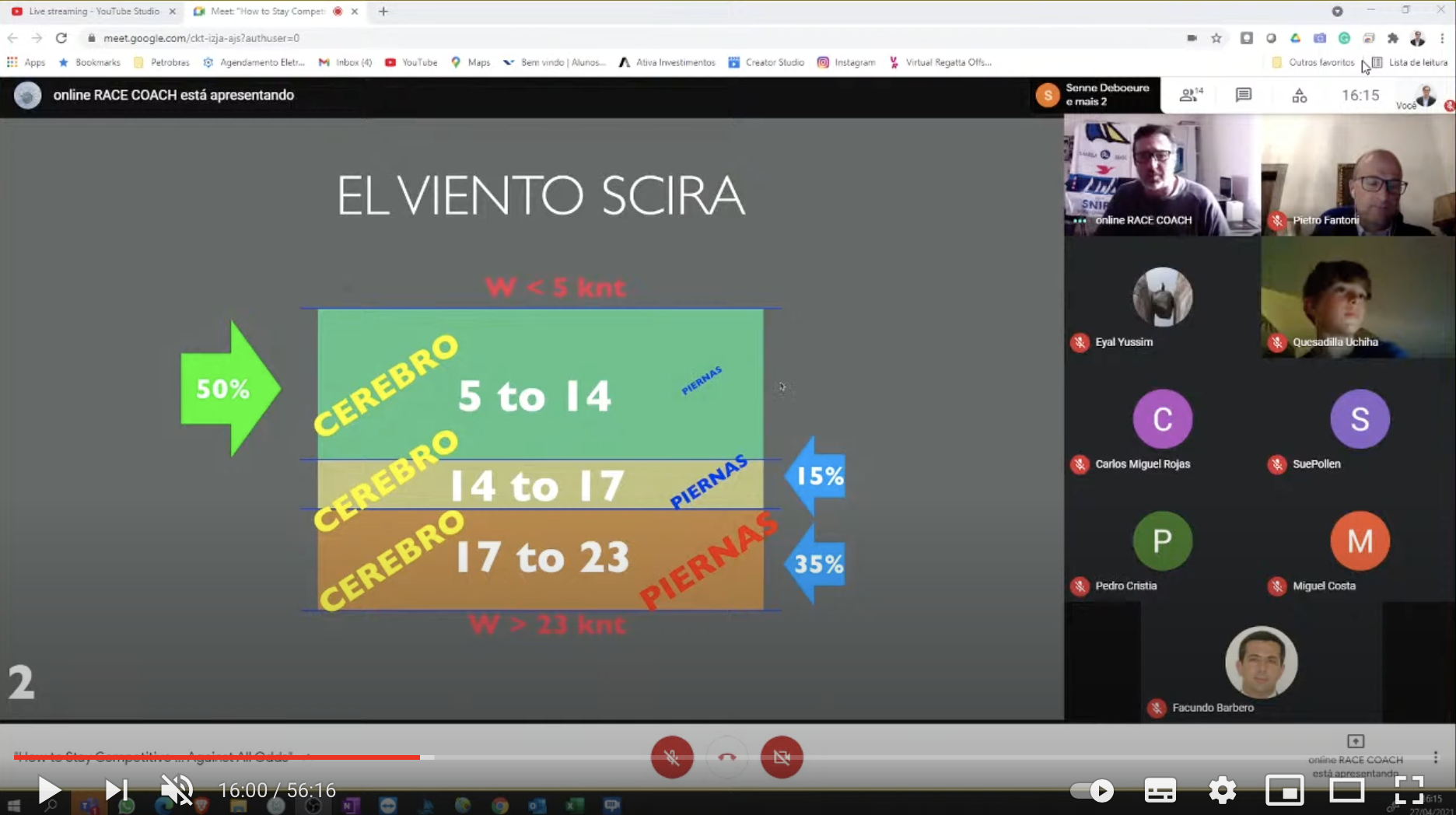
0 comments